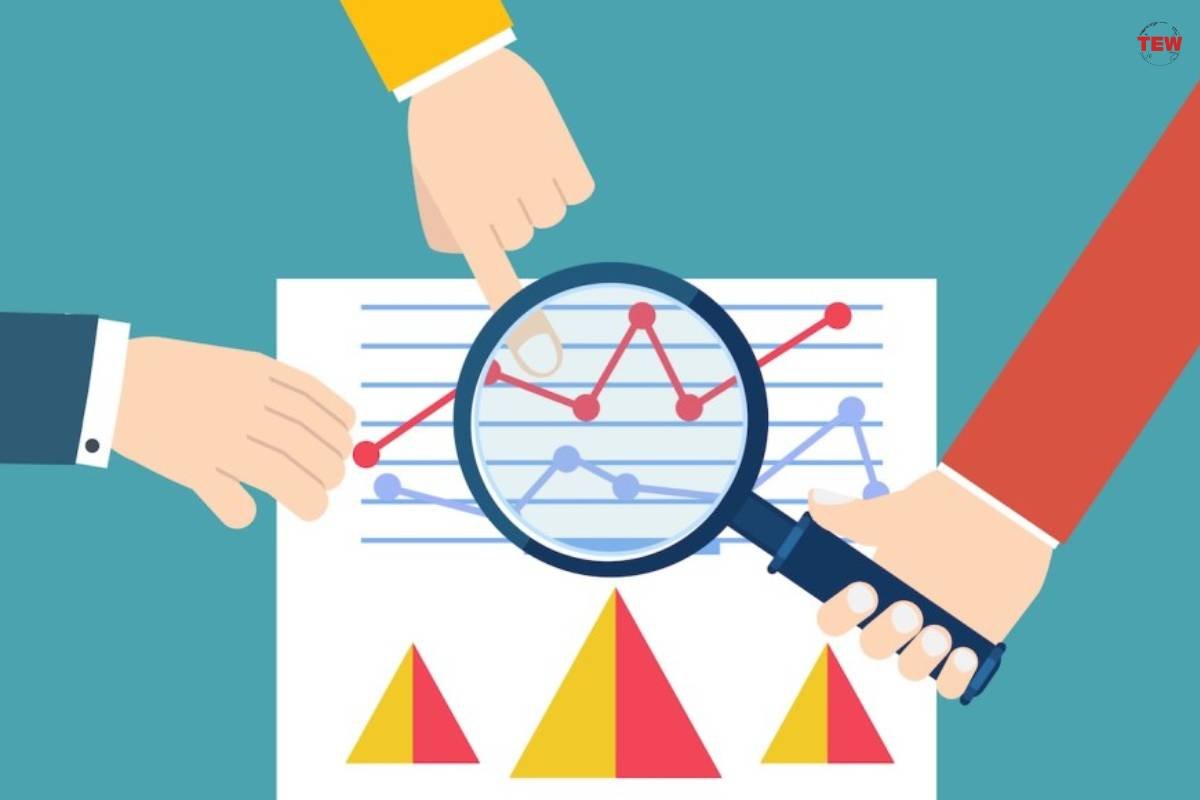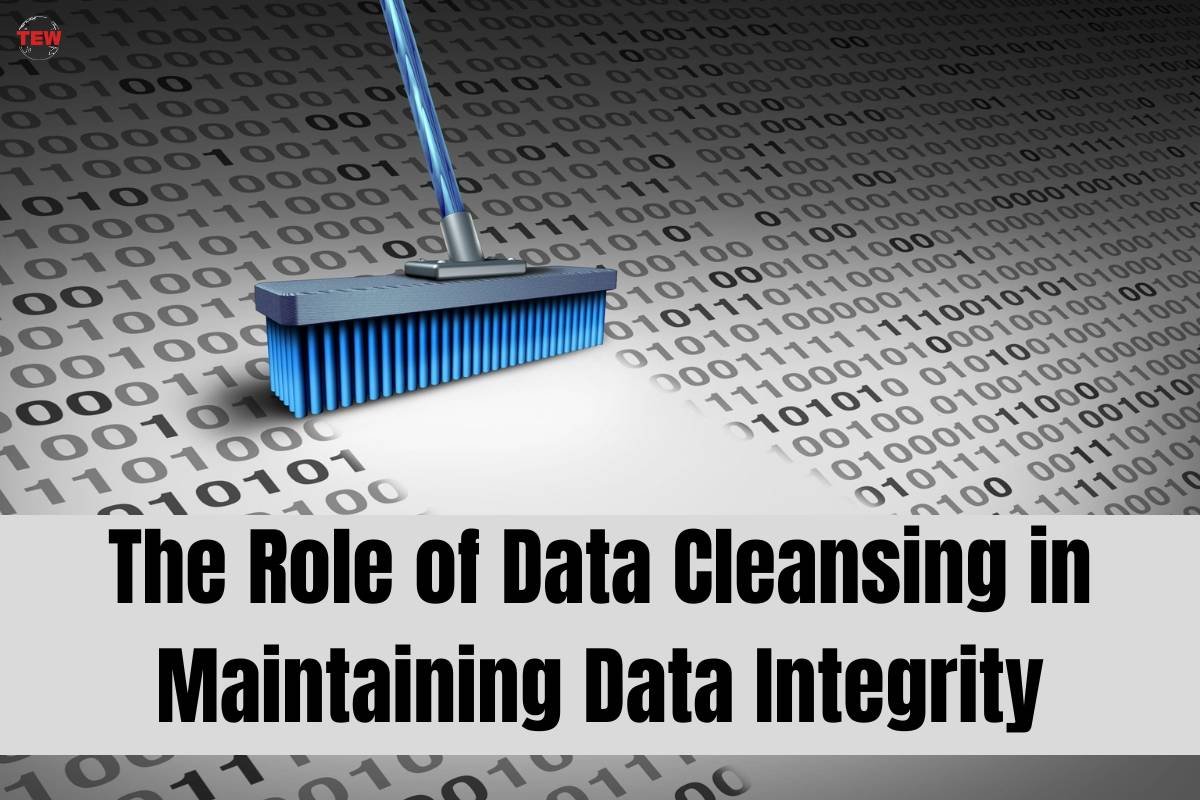As per studies, 95% of businesses have reported that managing large, unstructured data is one of the major problems for their business.
While having access to so much data can be empowering, it can also be overwhelming. After all, how can you be sure that all your data is accurate, up-to-date, and useful? Herein, data cleansing can be a way out to ensure the accuracy and integrity of your data.
This blog will help you understand more about data cleansing and its benefits for your business. Moreover, it’ll also guide you with some best practices for data cleansing.
What Is Data Cleansing?
Data cleansing or cleaning refers to identifying and rectifying or removing inaccurate, incomplete, or irrelevant information from a dataset. This may involve tasks like filling in missing information, removing duplicate records, ensuring a consistent format, and fixing any outliers or other anomalies.
It is one of the crucial steps in maintaining data quality. Although there’s no single defined way to perform data cleansing (as the steps may vary depending on different datasets), it’s important to set up clear guidelines to ensure efficiency and consistency.
How Does It Work?
Data cleaning involves a series of steps, starting with:
- Data auditing: This step helps identify potential issues in the data. It involves reviewing the data for inconsistencies, errors, or missing values and can be done manually or through certain tools.

- Establishing a workflow: Once issues are identified, a structured workflow is implemented which includes data analysis, deduplication, and standardization. The workflow addresses specific data issues in an orderly manner.
- Cleaning the data: This step involves removing duplicates, correcting errors, filling in missing values, and ensuring consistent formatting. It ensures accuracy and consistency in the data.
- Validating the data: After cleaning, the data goes through quality assurance to ensure its accuracy, completeness, and adherence to predefined rules or constraints. It involves performing checks and validations to ensure that the data meets the desired quality standards and is fit for its intended purpose
- Reporting: This step involves generating a summary report of the data cleaning process, including metrics on errors rectified and suggestions for improvement. This helps in result comparison and provides valuable insights.
Benefits of Implementing Data Cleansing in Your Business Operations
Here are some of the key benefits of implementing data cleansing:
1. Improves the decision-making process:
Accurate and complete data is important for analytics-based applications to deliver precise results. By cleaning data, businesses can eliminate errors, inconsistencies, and duplicates, thereby ensuring that the data used for analysis is reliable and consistent. This, in turn, can lead to more effective decision-making across a range of business functions, including operations, marketing, sales, and customer support.
For example, a business can use clean customer data to segment its audience more effectively and tailor its marketing campaigns accordingly.
2. Improved operational performance
Clean and high-quality data enables businesses to avoid issues like inventory deficits, delivery mishaps, and more.

For instance, inaccurate data may lead to inventory shortages or delays in product delivery, which can damage customer relationships and lead to lost revenues. By implementing a data cleansing solution, businesses can ensure that their operations run more smoothly and efficiently, leading to better performance, reduced costs, and improved customer satisfaction.
3. Improved mapping
As organizations highly rely on data to make strategic decisions, data modeling and mapping become critical components of the data infrastructure. Having clean data from the outset can make the mapping process significantly easier and more efficient.
A clean dataset can be more easily transformed and integrated with other datasets and help model complex relationships between data points. More so, clean data can be easily visualized, making it easier to identify trends and patterns that could be missed in a cluttered data set.
4. Increased productivity
Maintaining a clean and well-organized database can help businesses in optimizing their employees’ work efforts, thereby improving their efficiency.
By working with clean records, employees can avoid reaching out to customers with outdated information or generating invalid vendor files in the system. This, in turn, maximizes staff productivity and ensures they are making the most out of their time.
5. Reduced data costs
Data cleansing can help businesses save costs in the long run by preventing inaccuracies and issues from propagating further in the system and analytics applications. When inaccurate data enters a system, it can result in costly and time-consuming repairs. By investing in data cleansing upfront, businesses can prevent these issues from occurring in the first place, saving time and resources that would otherwise be spent on fixing data set issues.
Best Practices for Data Cleansing
Managing data quality involves two aspects – improving data collection techniques to ensure that all captured data is clean from the outset and defining & implementing data cleaning methods to improve past data and avoid generating bad data.
While improving processes and training business users can help prevent data quality issues in the near future, what if there is already a significant amount of bad data? Let’s be honest – cleaning a large amount of data can be tedious, time-consuming, and overwhelming. To simplify and improve your data cleaning efforts, consider taking these simple steps:
1. Define Your Quality Expectations
Start with getting a clear idea of the quality standards you want to achieve. But here’s the thing- what defines ‘clean’ data is entirely subjective, and data cleansing can be a costly and time-consuming task. Hence, it’s essential to consider factors like how the data will be used and by whom, the potential consequences of errors, and whether there are other higher-quality data sources available to inform your decision-making.
2. Determine Your Standards for Measuring the Data Quality

What’s your golden standard for determining whether the data is good or bad? Who or what can make an accurate evaluation? Sometimes fixing data requires direct human intervention, which can be too expensive for organizations either in terms of time, resources, or even reputation. Hence, it’s important to learn about all the available options for measuring data quality to avoid choosing the most expensive and inefficient measure.
3. Find the Right Approach
Data cleansing is a crucial step in ensuring that your decisions are based on accurate information. However, the approach you take to implement the cleansing process should depend on the size and complexity of your project. If you’re dealing with a small amount of data that requires a one-time cleanup, it may be more practical to delegate the task to a team of employees rather than spend millions on advanced technologies.
On the other hand, if you’re dealing with a large-scale data repository that requires regular updates and upkeep but you aren’t equipped with the required resources, consider hiring data cleansing services to get the job done. However, before hiring, make sure that the data is valuable enough for you to invest in a professional data cleaning service.
Conclusion
Data cleansing plays a crucial role in maintaining quality data. By removing duplicate incomplete, or inaccurate data, businesses can make more informed decisions, save time and money plus improve customer satisfaction. However, what’s important to note here is that data cleansing is not just a one-time thing. It requires ongoing efforts to ensure the accuracy and consistency of data.
Therefore, businesses should always prioritize data cleansing as a part of their data management strategy and invest in the right tools and resources to maintain data integrity. With proper data cleansing practices in place, businesses can ensure that their data remains a valuable asset and a reliable source of insights.




